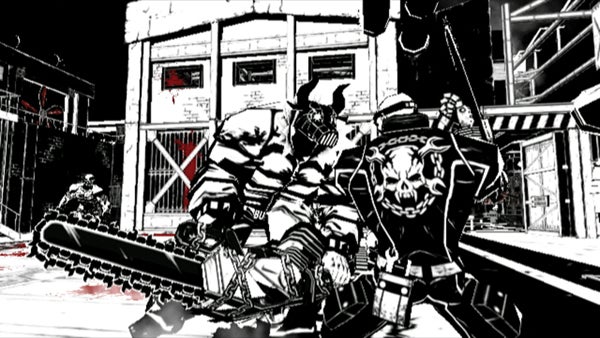JOYSTICK: First Amendment at the heart of proposed video game ban
Published 5:00 pm Saturday, January 1, 2011

Video games like Sega’s Madworld are among those games the state of California is trying to keep out of the hands of younger children. - Photo courtesy of Sega
The new year is sure to bring changes, but a Supreme Court decision could change the video game industry in a very real way.
The Supreme Court heard arguments for and against a California law that bans the sale of violent video games to children on Nov. 2.
Both sides brought out their best defenses and studies, and after a long afternoon for both attorneys and justices alike it appeared the highest court in our nation was divided on an issue that appears very cut and dried.
The way the California law is written makes it appear as though the state government would be the arbiters of what is and isn’t gratuitous violence in video games.
That’s a big, unconstitutional problem, stemming all the way back to interpretations of the First Amendment.
Yet state lawmakers mean well, as they’re trying to keep graphic depictions of violence out of the hands of children.
Countless studies have been done that try to settle the question of whether violent video games are bad for children, with just as many finding they do as the ones that show they don’t.
There are simply too many questions about how the government would measure how much violence a video game can have before it’s banned from being sold to minors.
There’s a ratings board designed to do just that, which shows which games are more suitable for adults than teens.
The law will most likely be held unconstitutional, sharing the same fate as the similar state laws created before it.
If not, the industry would undergo drastic changes, and the creativity behind many games would fizzle as developers would feel hampered by government restrictions.
That shouldn’t happen because of a government entity.





